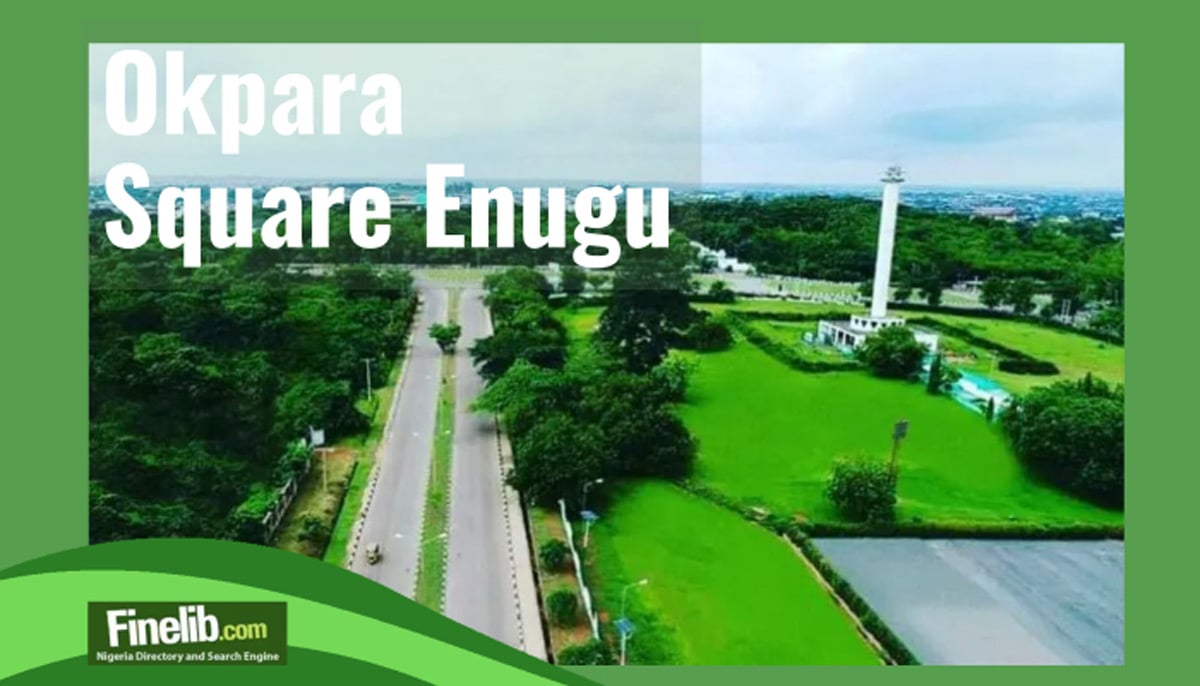Exploring the Mysteries of Arochukwu's Long Juju Slave Route

Arochukwu: The Historic City
Arochukwu, located in Abia State, Southeastern Nigeria, holds an important place in history as one of the largest cities in the region. It is known for its rich cultural heritage and historical significance.
The city comprises 19 villages, with an overall leader called Obong Aro. Among the notable features of Arochukwu are:
-
The mystic Ibini Ukpabi shrine.
-
The slave routes.
-
Other relics of the trans-Atlantic slave trade era.
Let us delve deeper into the mysteries of the Long Juju Slave Route and uncover its secrets.
The Long Juju Shrine: The Apex of Power
At the heart of Arochukwu lies the Long Juju Shrine, also known as Ibini Ukpabi. This shrine shrouded in mysticism, served as a place of judgment during ancient times.
A long time ago, when ships were ferrying numerous enslaved individuals to the Americas, Ibini Ukpabi emerged as an immensely potent god in Igboland. It functioned as a supreme court, where the judgment pronounced by God (Chukwu) was final, with no possibility of appeal.
The Throne of Judgment
Within the Long Juju Shrine temple complex, one can find the throne of judgment – a dark presence known as "the Holy of Holies." Those accused of crimes would enter the complex, ready to face the ultimate conclusion. Innocence or guilt would determine their fate.
The Tunnels of Destiny
As the accused awaited their judgment, they would wander through the temple complex. Those found guilty would be led into dark tunnels, never seen again. On the other hand, the innocent would return to their families, relieved of guilt. The tunnels surrounding the hill of rags played a significant role in this process.
The Hill of Rags and the Tunnel of Disappearance
The hill of rags served as a symbolic location where the condemned had to undress and leave their clothes behind.
Stripped of their belongings, they would journey into the hill's tunnels. These tunnels, known as the Tunnel of Disappearance, swallowed the guilty, ensuring they would never m witness them again.
The Red River: A Symbol of Death
As the guilty disappeared into the dark abyss of the tunnels, a red river flowed downstream. The aro, the shrine's custodians, would color the river red to create the illusion of death. This crimson stream served as a sign to the relatives of the condemned, indicating that the victims were no longer among the living.
Iyi-Eke: The Path to Enslavement
Another significant feature of the Long Juju Slave Route is Iyi-Eke, an outlet that led to the European beach, later known as the government beach.
Here, they would lead blindfolded victims found guilty to waiting boats, which would transport them to Calabar for onward transmission to Ala Bekee. This harrowing journey marked the beginning of their lives as enslaved individuals.
Destruction and Resilience
The British colonial powers recognized the influence and management of the Long Juju Shrine and its network. In their quest for control, they waged war on the shrine, ultimately destroying it.
However, the spirit of the Long Juju Slave Route and its historical significance persist today, attracting tourists worldwide.
How to Reach Arochukwu
Arochukwu, situated approximately 100 kilometers from the capital of Abia State, Umuahia, can be reached by road. Although the journey from Umuahia to Arochukwu can be challenging due to poor road conditions, the allure of the Long Juju Slave Route makes it worth the effort.
The travel time typically ranges from three to four hours, allowing visitors to immerse themselves in the historical wonders of Arochukwu.
Conclusion
The Long Juju Slave Route of Arochukwu is a testament to the dark and complex history of the trans-Atlantic slave trade era. It serves as a reminder of the injustices of the past and the resilience of those who endured unimaginable hardships.
As we explore the mysteries of Arochukwu's Long Juju Slave Route, let us remember the stories of those who walked these paths and honor their memory.




